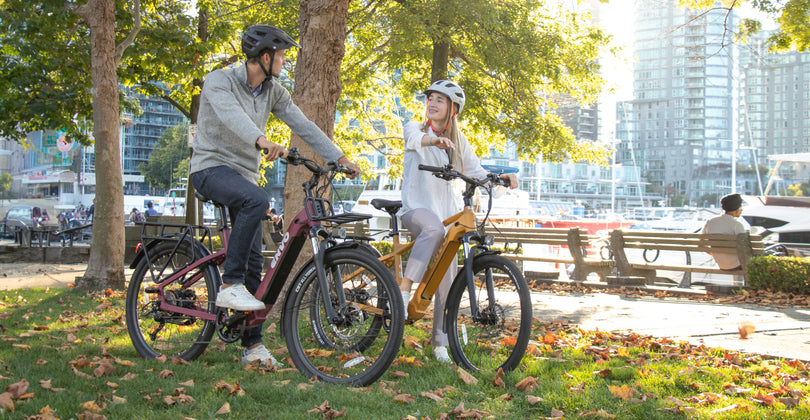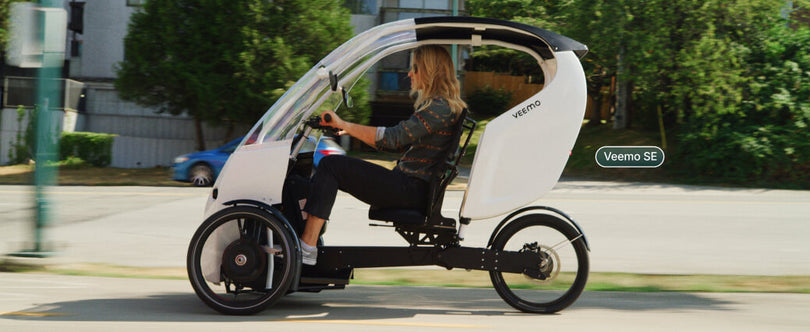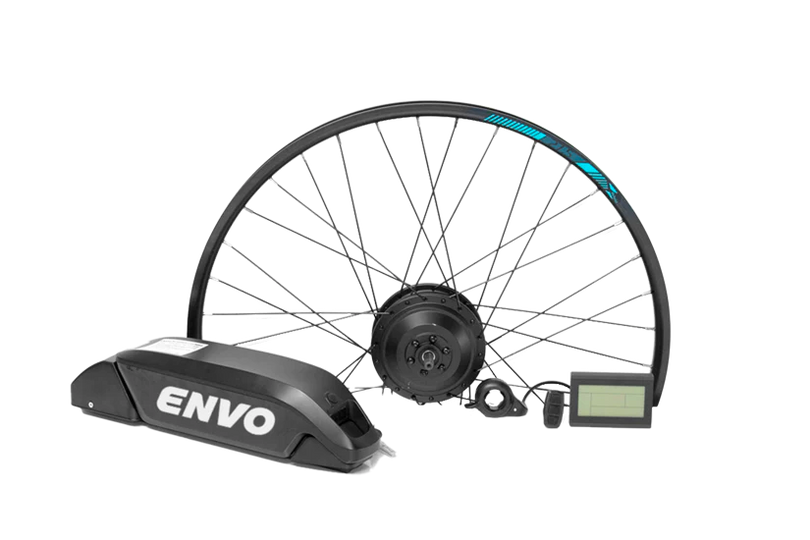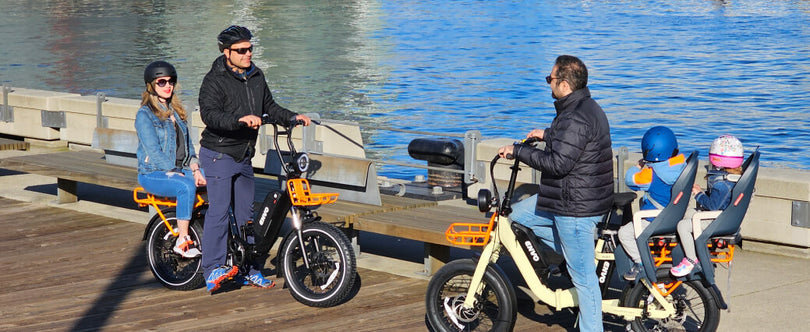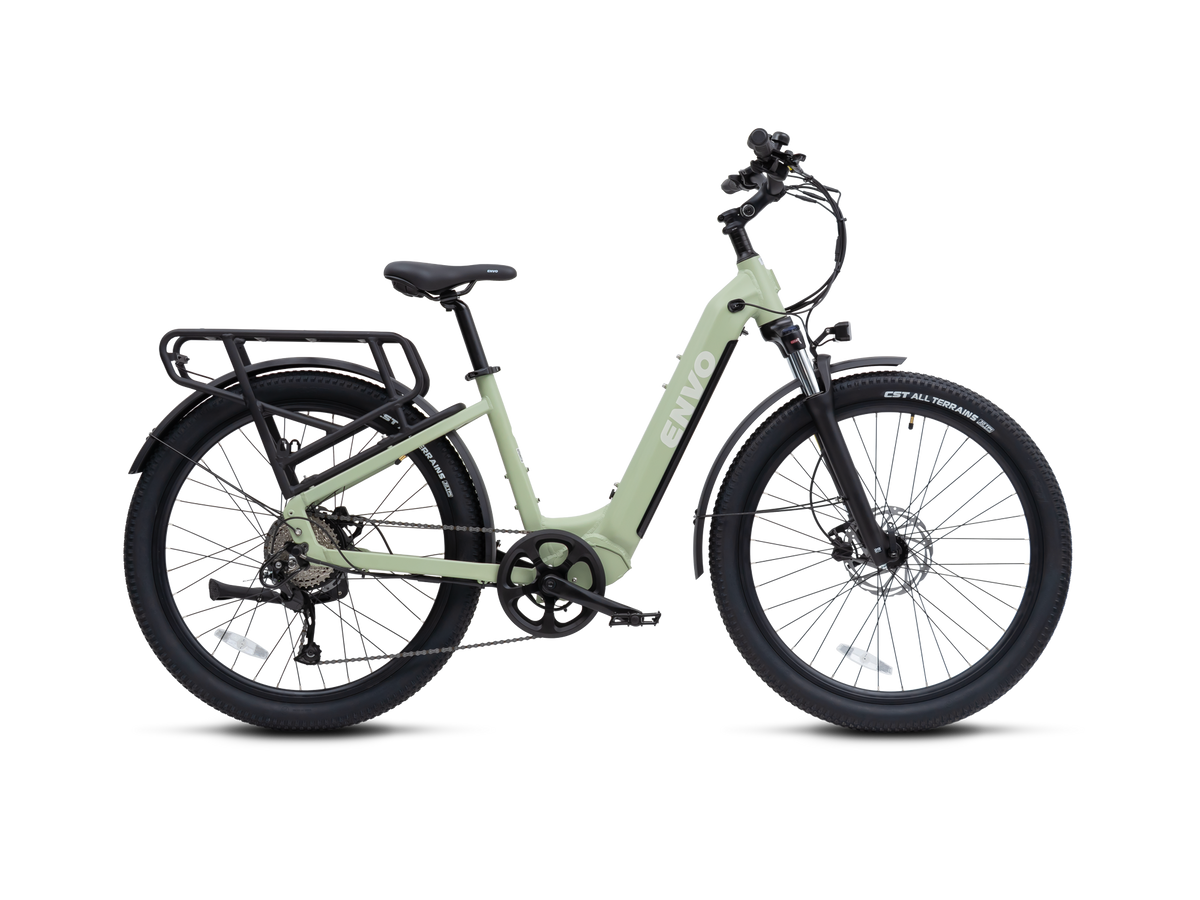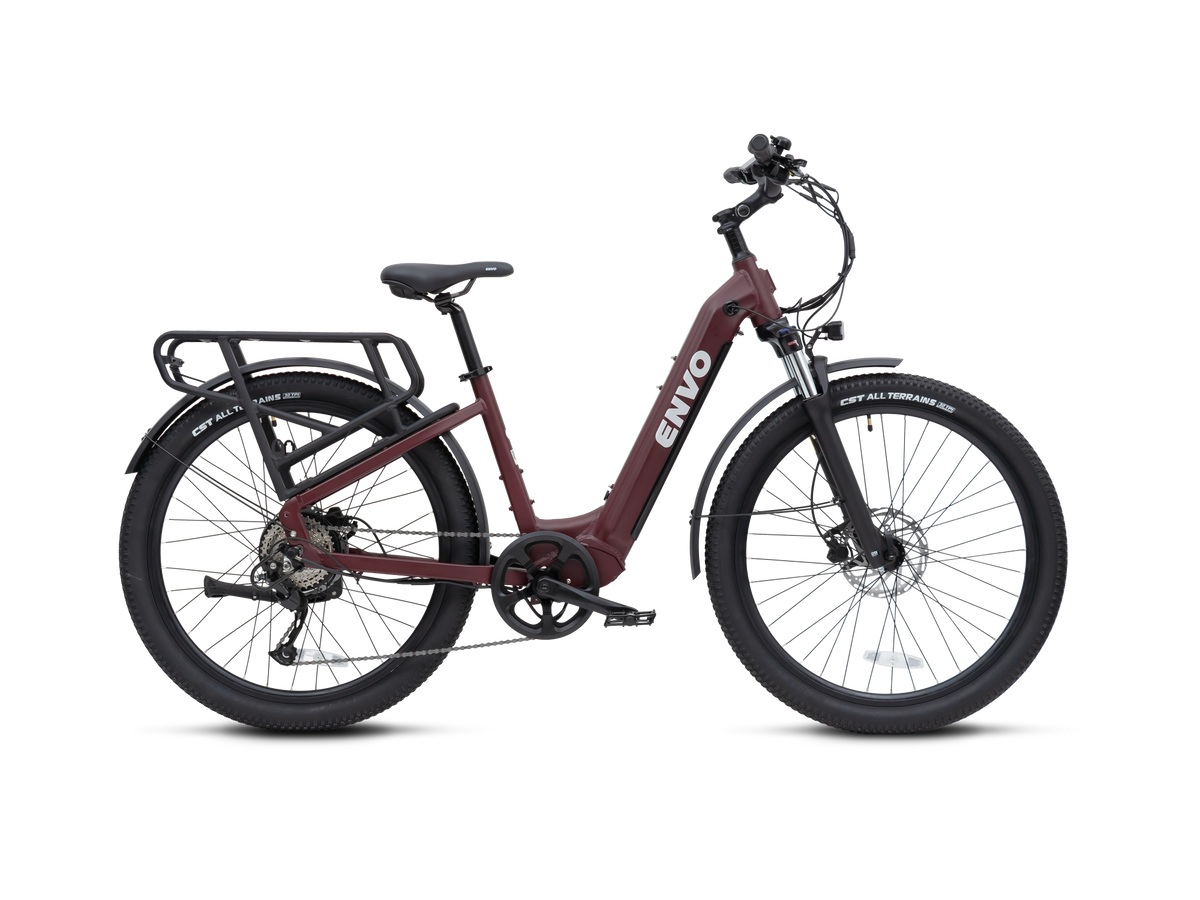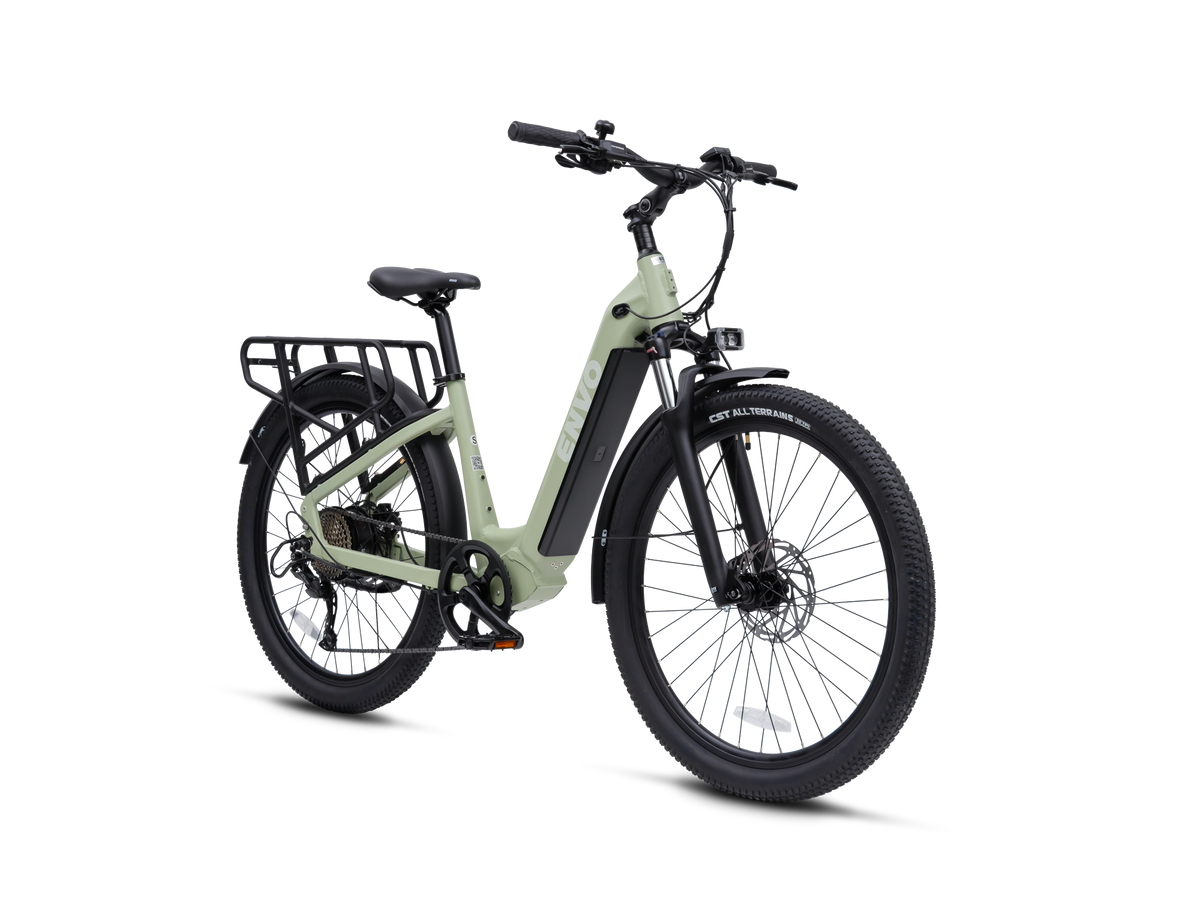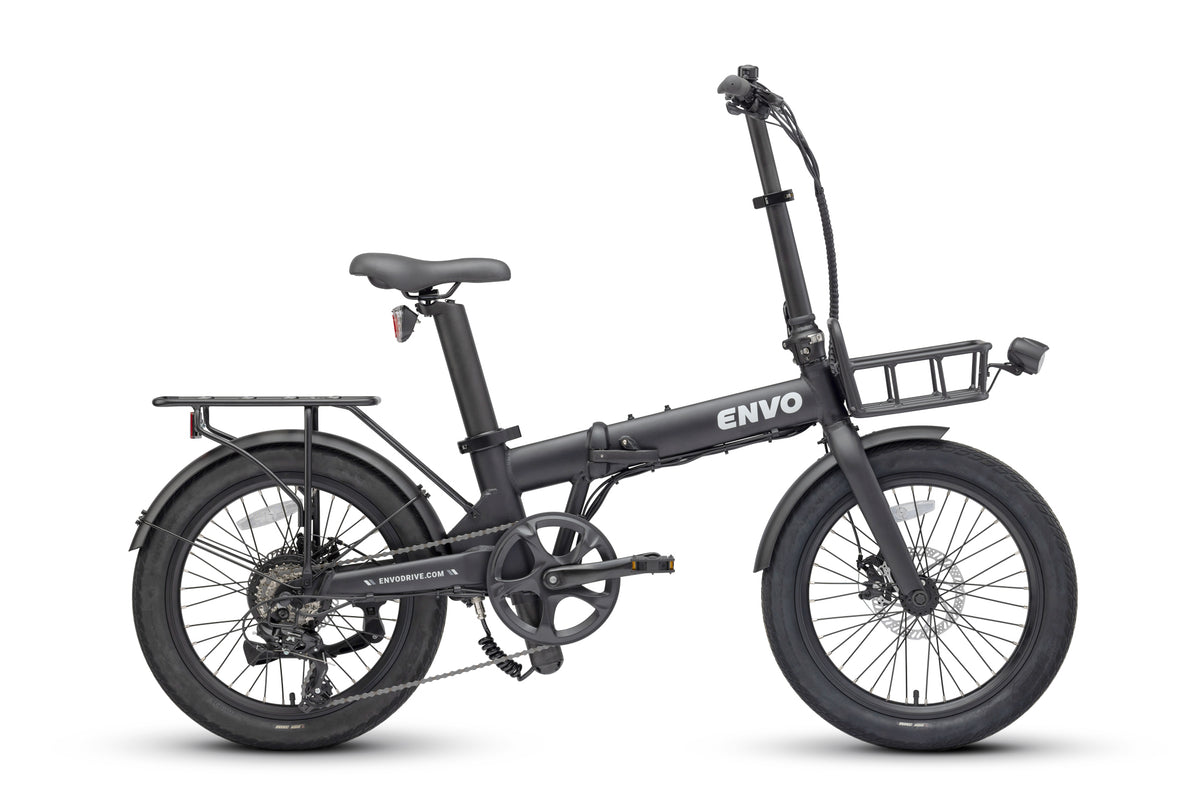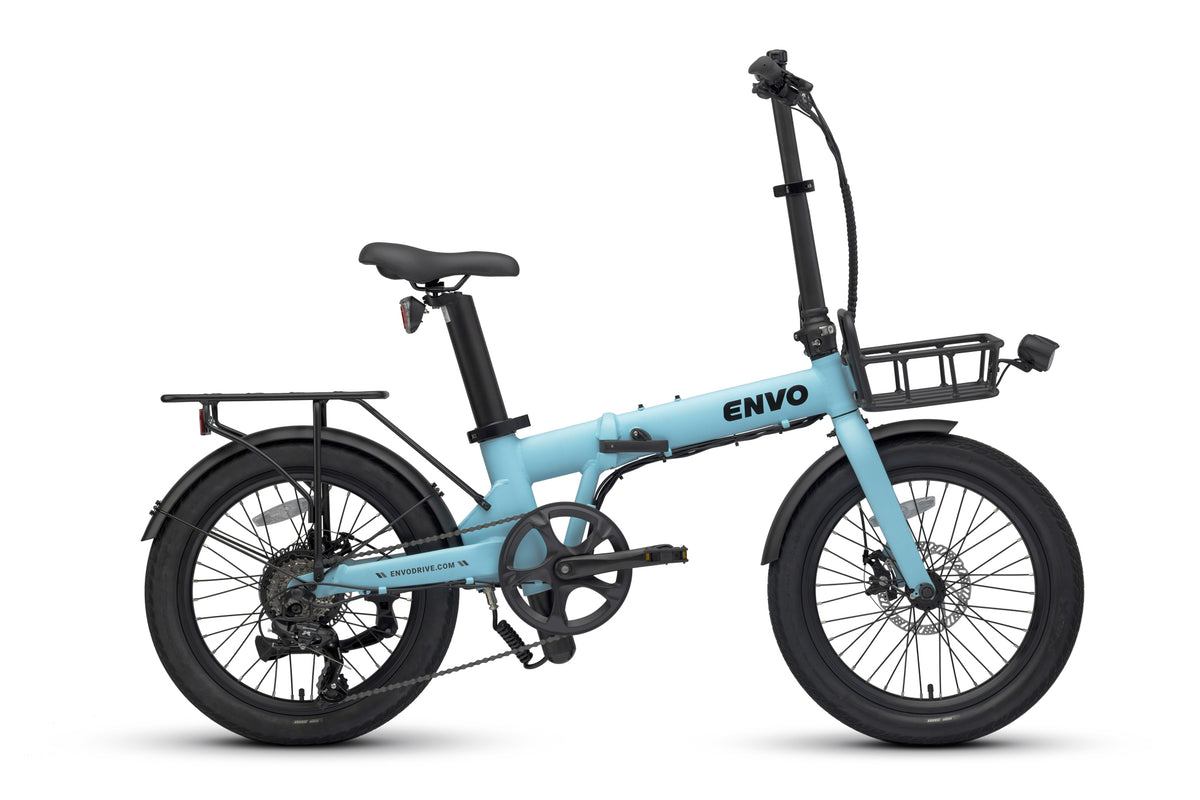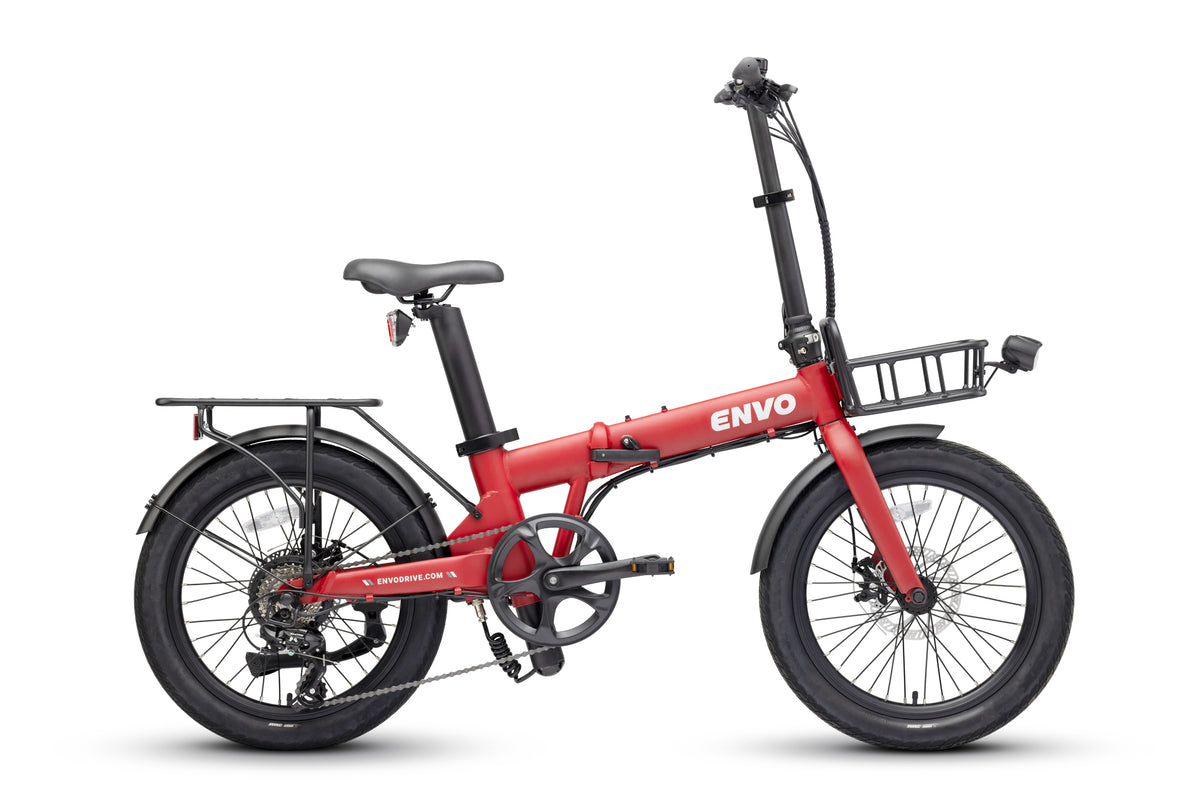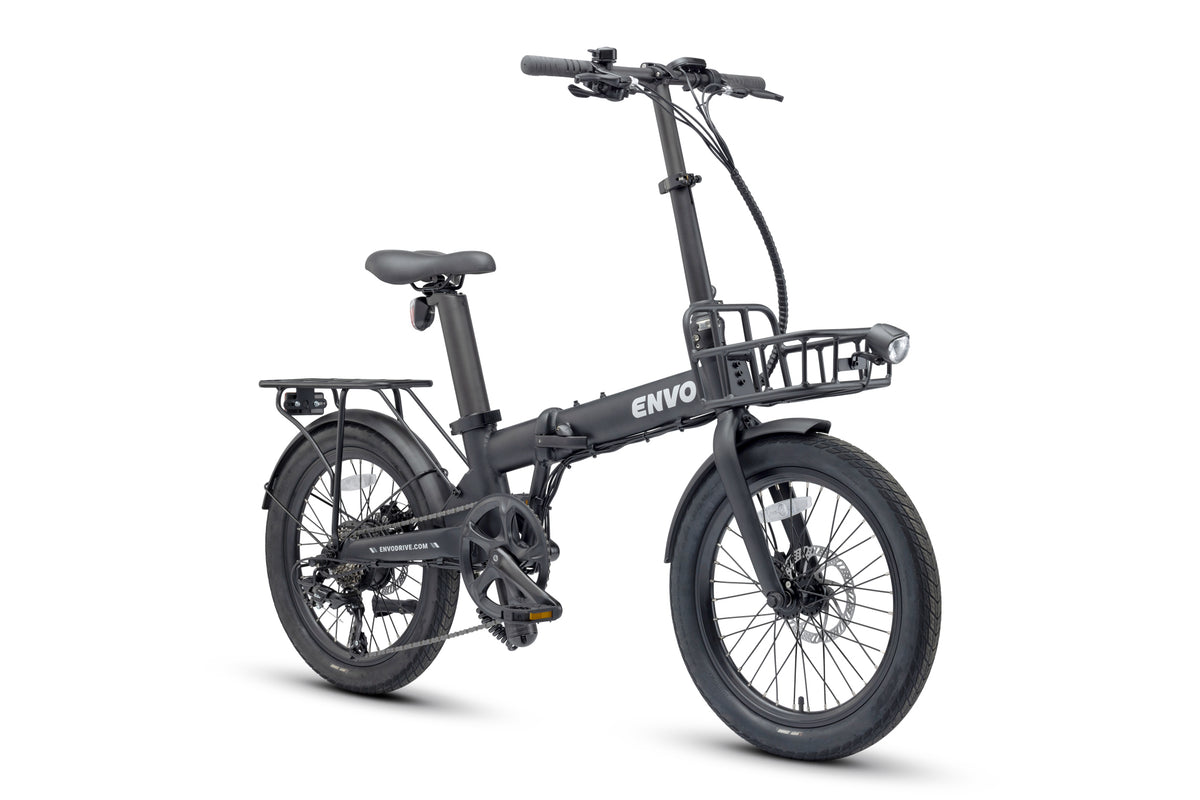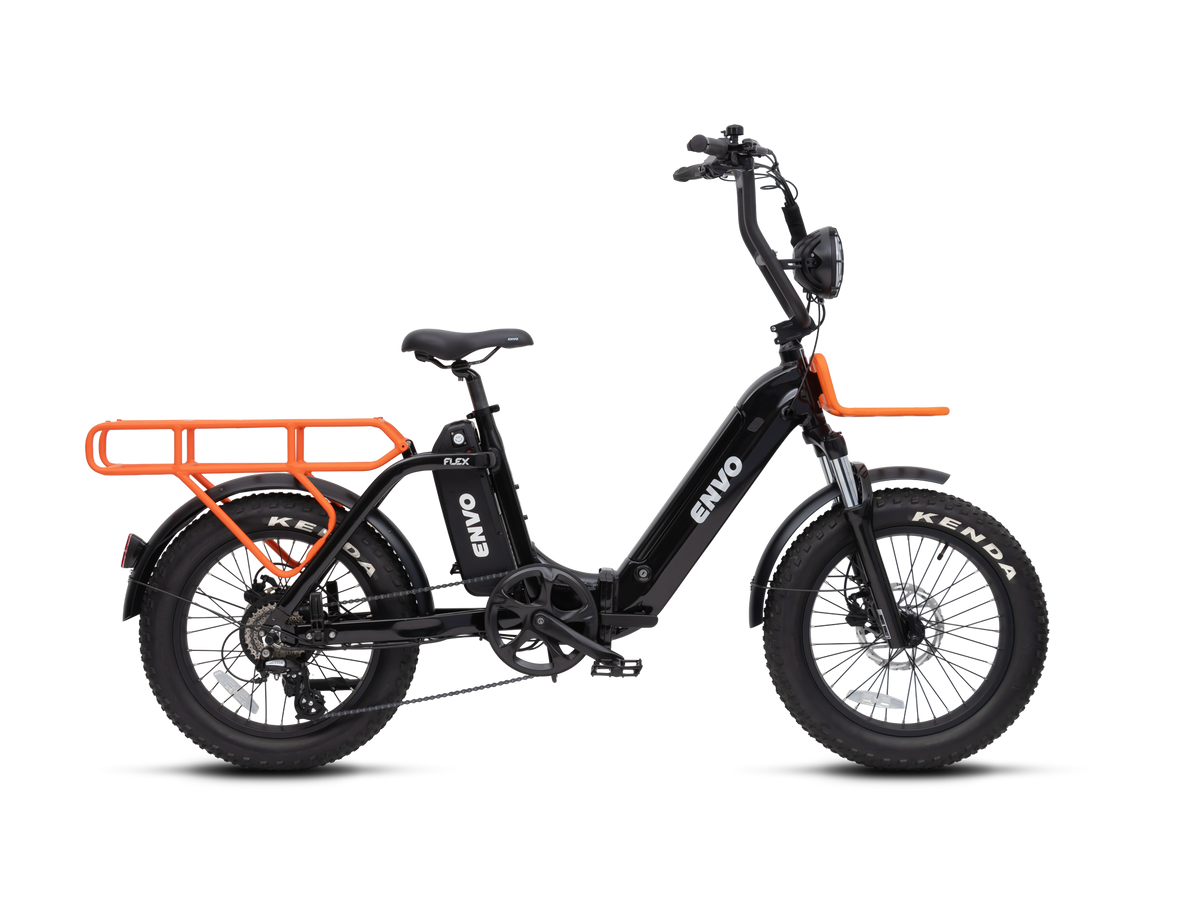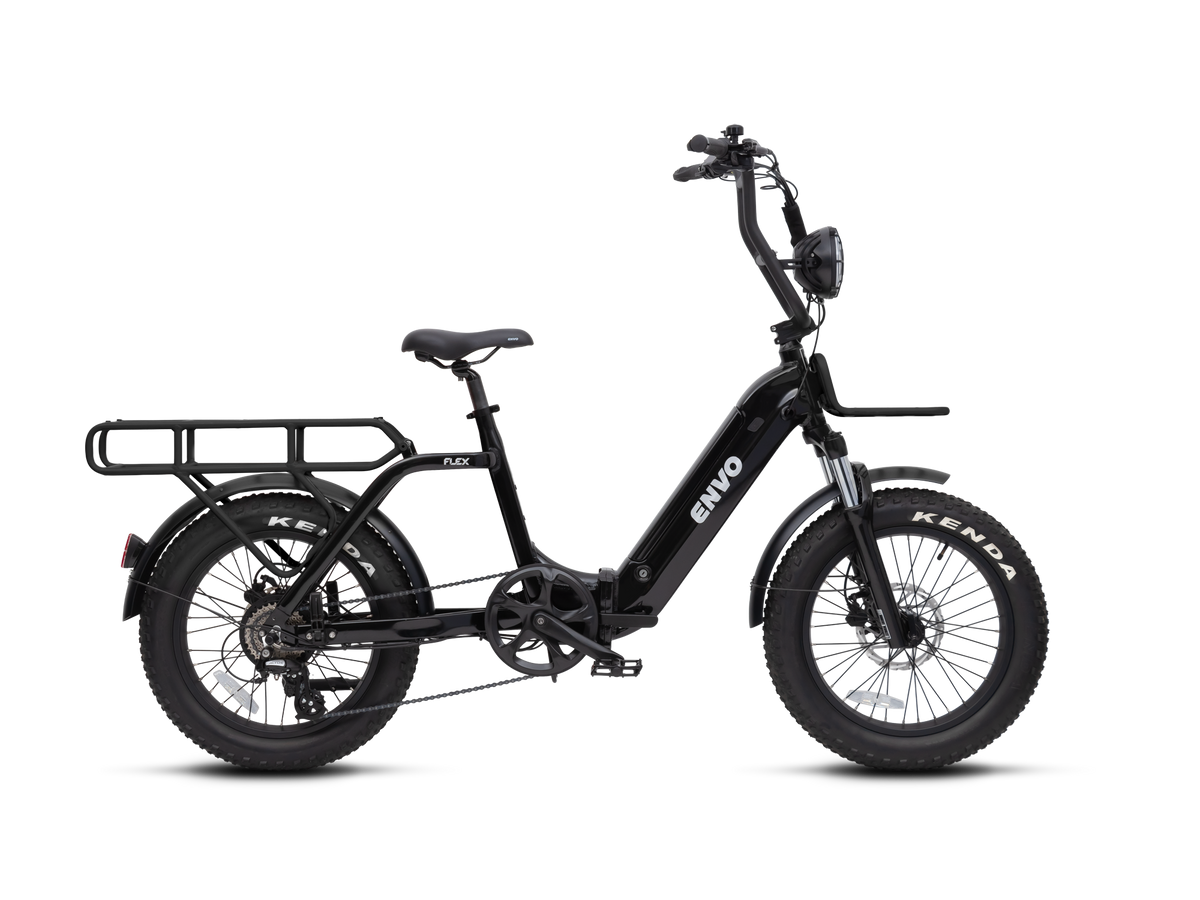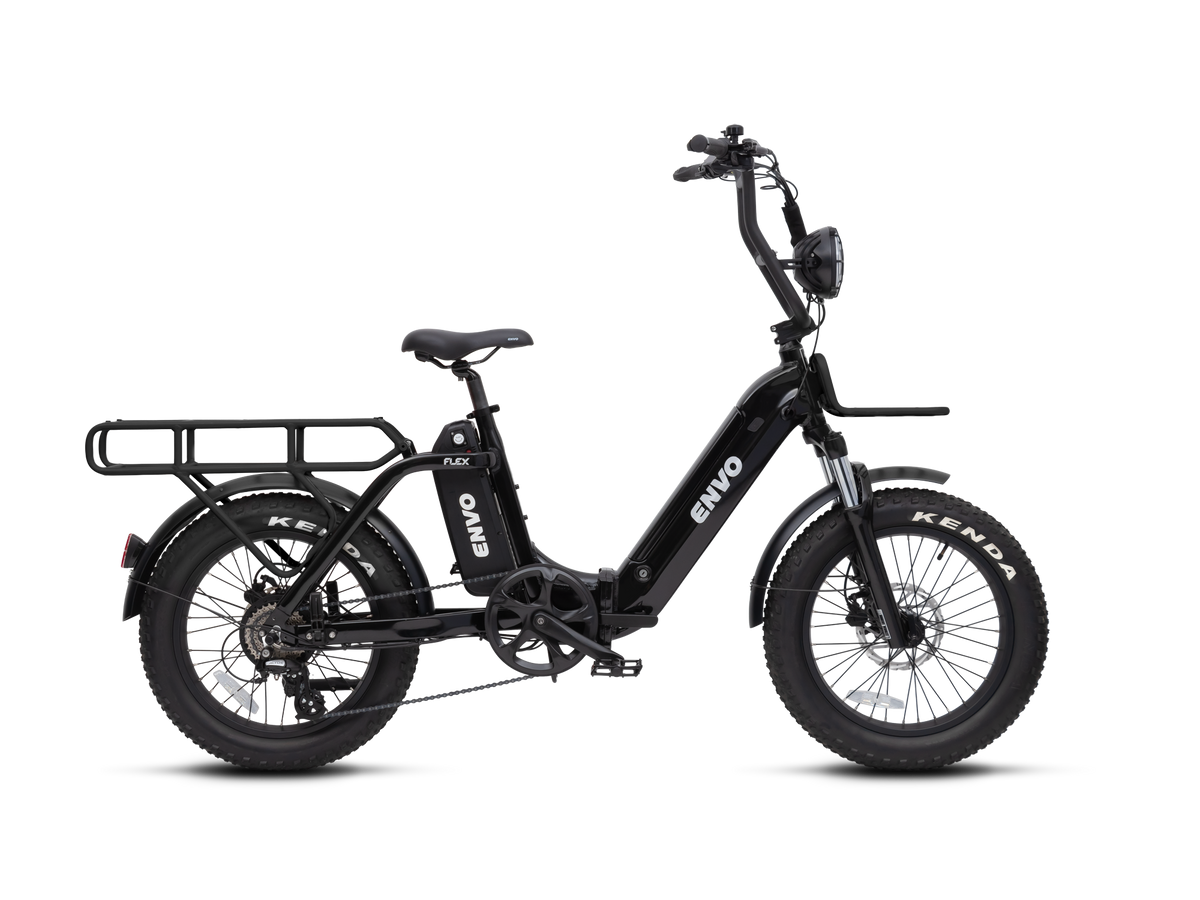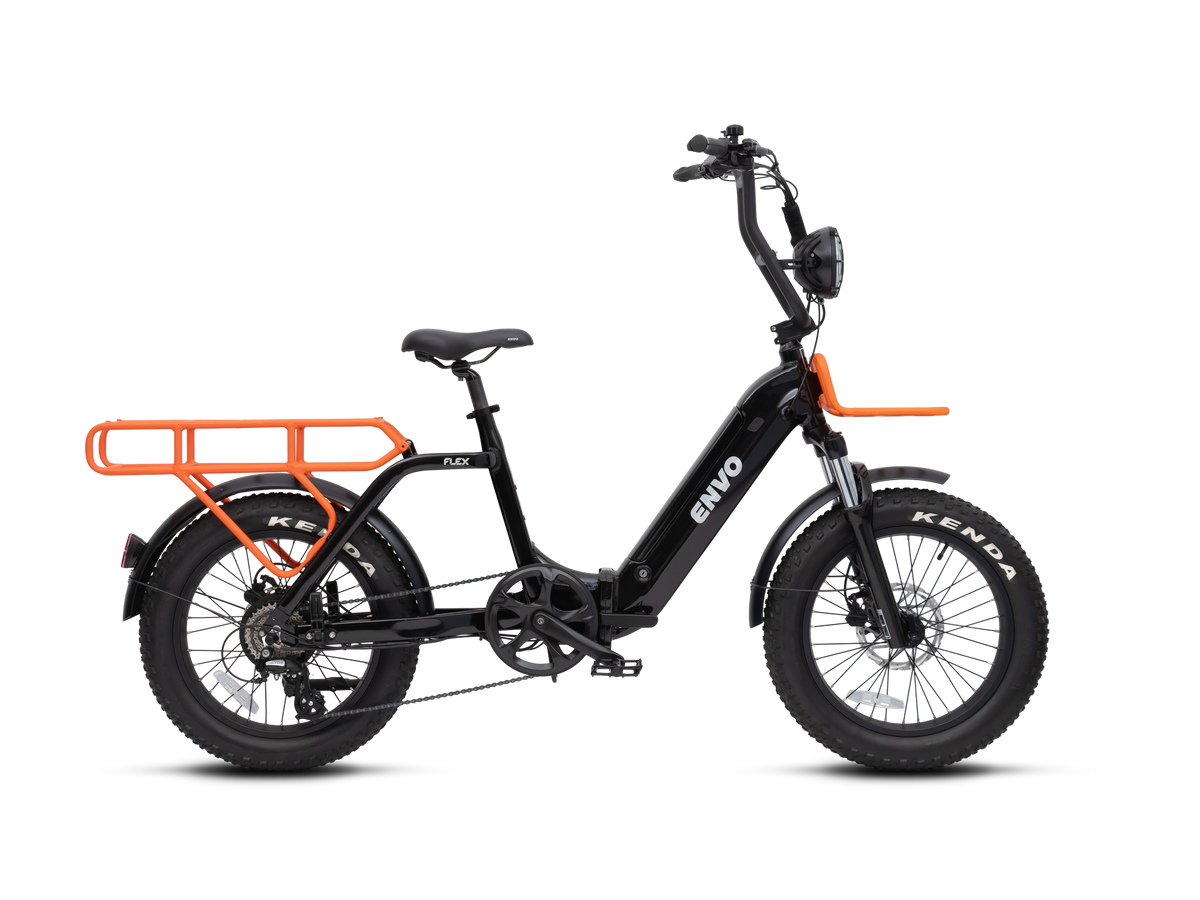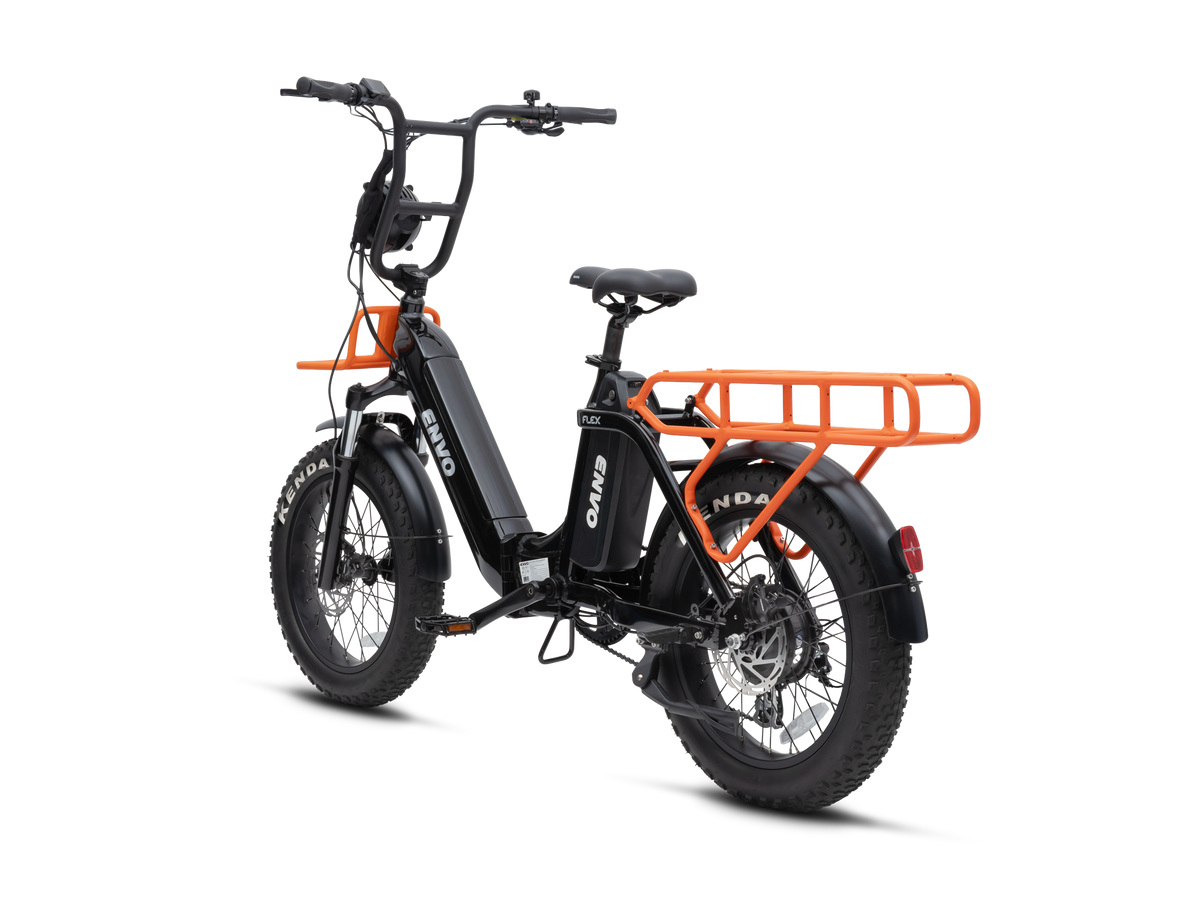Electric bikes, or e-bikes, are rapidly gaining popularity in Canada for their convenience, eco-friendliness, and affordability. However, questions often arise about the legality of e-bikes with certain motor power ratings, particularly 750W models. While 750W e-bikes are common in other regions, such as the United States, their legal status in Canada requires careful consideration of provincial laws and federal regulations.
Here’s everything you need to know about whether 750W e-bikes are legal in Canada and how these laws may impact your choice of e-bike.
Understanding Canadian E-Bike Regulations
In Canada, e-bike regulations are primarily governed by two key frameworks:
-
Federal Definition of an E-Bike
Under the federal Motor Vehicle Safety Regulations, an e-bike is classified as a "power-assisted bicycle." To qualify as an e-bike, it must meet the following criteria:- Equipped with a motor producing no more than 500 watts of continuous power.
- Limited to a maximum speed of 32 km/h (20 mph) when powered solely by the motor.
- Must have fully operable pedals.
These federal guidelines ensure that e-bikes are distinct from motorized scooters and motorcycles, which are subject to additional licensing, registration, and insurance requirements.
-
Provincial and Territorial Laws
While federal regulations define what constitutes an e-bike, provinces and territories enforce these rules and may impose additional requirements. These typically include helmet use, age restrictions, and where e-bikes are permitted to operate (e.g., roads, bike lanes, or trails).
Are 750W E-Bikes Legal?
Under federal regulations, 750W e-bikes exceed the power limit of 500W and are therefore not classified as e-bikes in Canada. Instead, they fall into a different category of motorized vehicles, which may require:
- Licensing and registration.
- Insurance coverage.
- Compliance with additional vehicle safety standards.
While 750W e-bikes are popular in countries like the United States, where the legal power limit for e-bikes is higher (often up to 750W or even 1000W), their use on public roads or trails in Canada can lead to fines or confiscation of the vehicle if it doesn't meet local laws.
Why the 500W Limit?
The 500W power limit was set to ensure e-bikes remain safe for use alongside traditional bicycles and pedestrians. Here’s why this restriction is in place:
-
Safety:
E-bikes exceeding 500W can achieve higher speeds, increasing the risk of accidents and injuries. Canadian regulations aim to balance performance with road safety. -
Compatibility with Urban Infrastructure:
Many Canadian cities are designed with cyclists and pedestrians in mind. Higher-powered e-bikes could pose a hazard in shared spaces such as bike lanes and multi-use trails. -
Environmental and Efficiency Goals:
Limiting motor power encourages energy-efficient designs, aligning with Canada’s environmental sustainability goals.
What Happens If You Use a 750W E-Bike in Canada?
Operating a 750W e-bike in Canada could lead to various consequences, including:
- Fines: Riding a motorized vehicle that does not comply with e-bike regulations can result in fines, depending on provincial laws.
- Vehicle Confiscation: Authorities may seize your e-bike if it exceeds legal power limits or lacks necessary registration and insurance.
- Legal Liability: In the event of an accident, you could face additional legal liability if your e-bike is classified as a motorized vehicle but isn’t properly registered or insured.
What Are Your Alternatives?
If you’re considering purchasing a 750W e-bike for its additional power, there are several alternatives to explore:
-
Opt for a 500W E-Bike
Many high-quality 500W e-bikes offer excellent performance, particularly for commuting, leisure riding, and moderate hill climbing. These models comply with Canadian laws and can meet the needs of most riders. -
Adjustable Power Settings
Some e-bikes allow you to limit their motor power output to 500W or less through software settings. If you already own a 750W e-bike, check whether it can be configured to comply with Canadian regulations.

ENVO D50 - Max Power Adjustable Ebike.
-
Specialized E-Bikes for Off-Road Use
If you’re set on a 750W motor for its added torque and power, consider using it exclusively on private property or off-road trails where motorized vehicles are permitted. Be sure to verify local regulations for off-road e-bike use.

ENVO Flex Overland - Off road Ebike.
Key Considerations When Buying an E-Bike in Canada
When shopping for an e-bike, keep these tips in mind to ensure you stay compliant with Canadian laws:
- Check the Power Rating: Ensure the motor power does not exceed 500W if you plan to ride on public roads or trails.
- Look for Certification: Verify that the e-bike complies with Canadian standards, including safety certifications such as UL-2849.
- Understand Local Laws: Regulations can vary between provinces, so familiarize yourself with the specific rules in your area.
Conclusion: Play It Safe with a Legal E-Bike
In Canada, 750W e-bikes fall outside the legal definition of an e-bike, making them unsuitable for use on public roads or bike paths without additional licensing and registration. Sticking to the 500W limit ensures your e-bike remains street-legal, safe, and aligned with local regulations.
If you’re in the market for an e-bike, consider your riding needs and the legal requirements in your area. With many high-performing 500W e-bikes available, you can enjoy the benefits of electric biking without running afoul of the law.
TL;DR
750W e-bikes are not legal in Canada for use on public roads and bike paths because they exceed the federal power limit of 500W for e-bikes. They may require licensing, registration, and insurance as motorized vehicles. Opting for a 500W e-bike ensures compliance with Canadian laws while offering sufficient performance for most riders. If you already own a 750W e-bike, consider limiting its power output or using it exclusively on private property or off-road trails. Stick to the 500W limit for a safer and street-legal riding experience.

